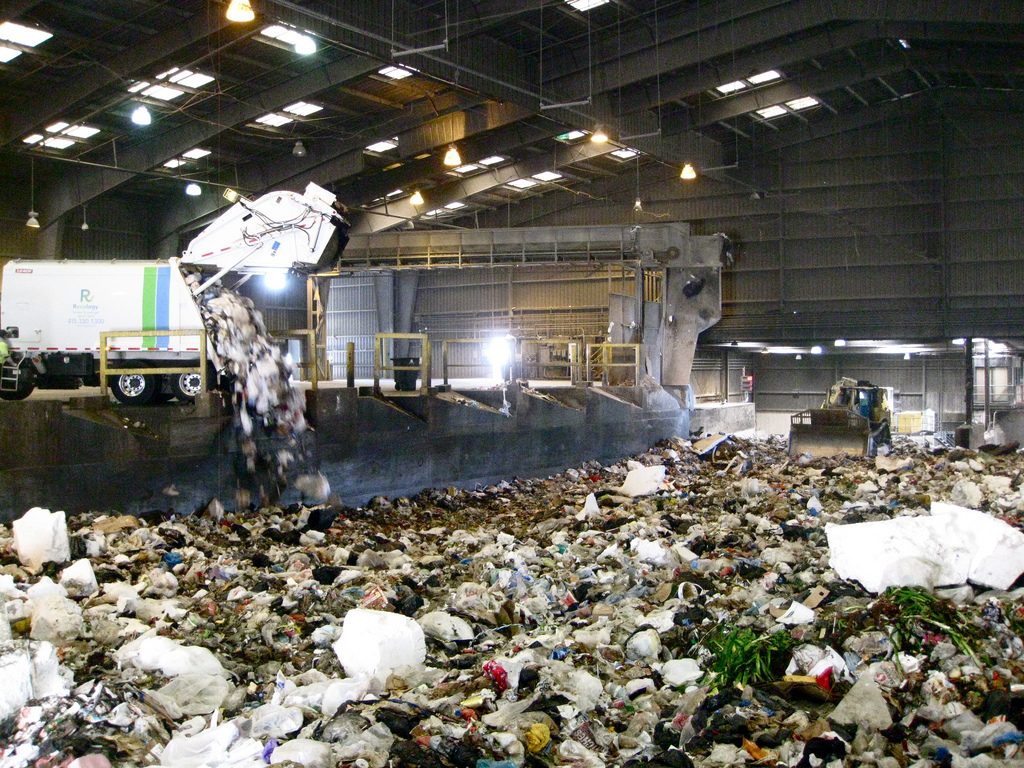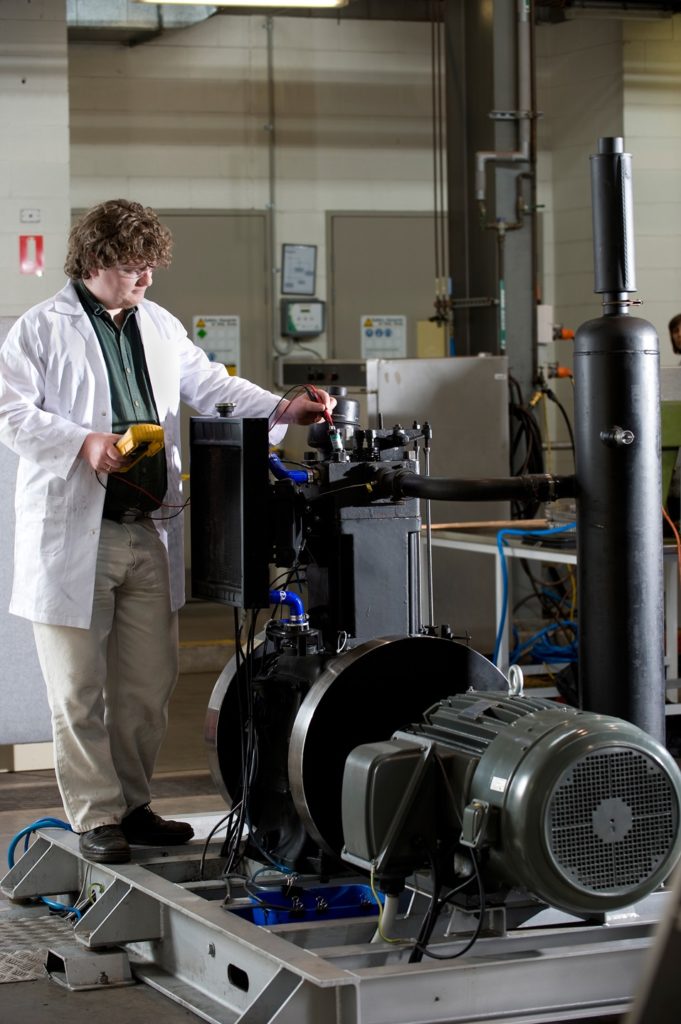Bioenergy—generating electricity from refuse—is an effective solution, so why aren't we getting on board?

Australia is the only developed country that doesn’t deploy significant large-scale waste-to-energy as part of its waste management systems. Flickr/Cyclyst/CC
Imagine if we could take waste products that would otherwise be thrown out and transform them into energy to power our homes? We can! It’s called ‘bioenergy’.
According to the Clean Energy Finance Corporation (CEFC), bioenergy technologies are already ‘reducing carbon emissions, improving energy productivity and generating reliable baseload renewable energy around the world’. So what’s happening here in Australia?
Unfortunately, bioenergy currently accounts for just 0.9% of our electricity output—much lower than the Organisation for Economic Cooperation and Development (OECD) average of 2.4%. We’re also the only OECD country that hasn’t implemented a large-scale ‘waste-to-energy’ scheme to cleverly manage its waste.
But before we get down in the dumps, it’s worth looking at the significant growth and investment opportunities in bioenergy.
A stinking big challenge
While energy storage technologies are developing rapidly, intermittency of supply still remains the biggest challenge to widespread use of renewables such as wind and solar.
As romantic as eating by candlelight is, let’s face it: we want to be able to turn the lights on tonight and long into the future. Having a stable energy supply is critical for avoiding blackouts.
This is where bioenergy can steal the limelight. It has the potential to help decarbonise Australia’s energy sector while offering reliable baseload supply – even when the sun isn’t shining and the wind isn’t blowing!
A ‘wasted’ opportunity
As an added bonus, by making use of the renewable energy in otherwise unwanted materials we prevent piles of waste products from ending up in landfill. Did you know that once material begins to decompose in landfill it releases methane, a greenhouse gas 21 times more potent than CO2? While some modern tips capture methane and convert it to power (another form of bioenergy!), avoiding landfill in the first place is a far more effective solution.
An energetic future

This jazzy direct injection carbon engine can reduce greenhouse emissions.
But bioenergy is more than just electricity from waste. The term encompasses wide range of technologies, feedstocks and products which can be used for a whole suite of purposes.
Here at CSIRO we’re researching a range of bioenergy applications. For example, our Direct Injection Carbon Engine (DICE) is being modified to run on biomass (renewable organic matter). It has shown significant potential for reducing CO2 emissions from burning coal, with up to 50% reduction for brown coal and 30% for black coal.
We are also finding new ways of using biomass materials in industries like smelting and steelmaking to reduce their use of coal. This work has the potential to widen the scope of bioenergy opportunities in Australia and around the world.
Other examples of bioenergy include:
- Using microalgae oils and biomass for aviation fuel (we’ve screened more than 200 types!).
- Using timber mill waste to make electricity.
- Using municipal solid waste to produce liquid fuels.
- Digesting organic waste streams from sewerage plants or food processing plants to generate biogas.
- Fermenting sugar cane and other grasses to produce ethanol which can be added to our petrol.
So expect to see bioenergy being used more and more across a diverse range of applications. After all, one person’s trash is another’s renewable energy treasure!
Find out more about our energy research here.


12th June 2019 at 9:20 am
But what about clean coal! (sarcasm)
11th June 2019 at 11:54 pm
why are we spending money on research, instead of implementation? The technology is already here.
11th June 2019 at 6:50 pm
What about Maryvale paper mill, and the ‘Engery from waste’ mill. are you working with them too?
20th May 2018 at 10:45 am
Quite clearly the technology exists to bring biowaste fuels online into production – but it is just as obviously hindered by vested interests like the fossil fuel lobby. Raising awareness and continuing to share and promote biofuel as a viable resource is the best way to maintain the momentum.
Thank you
Bren